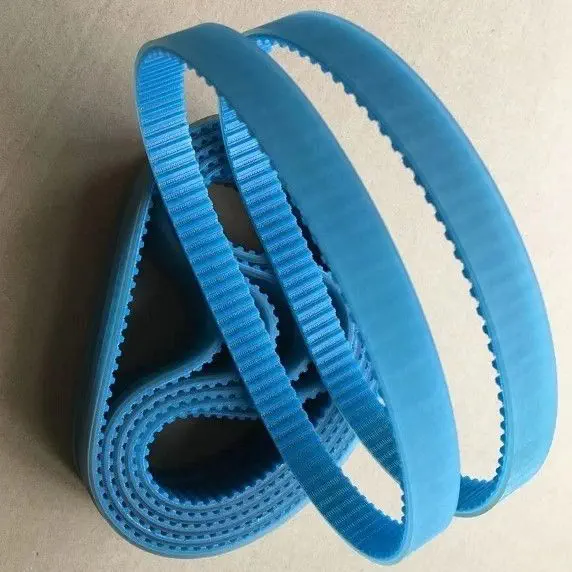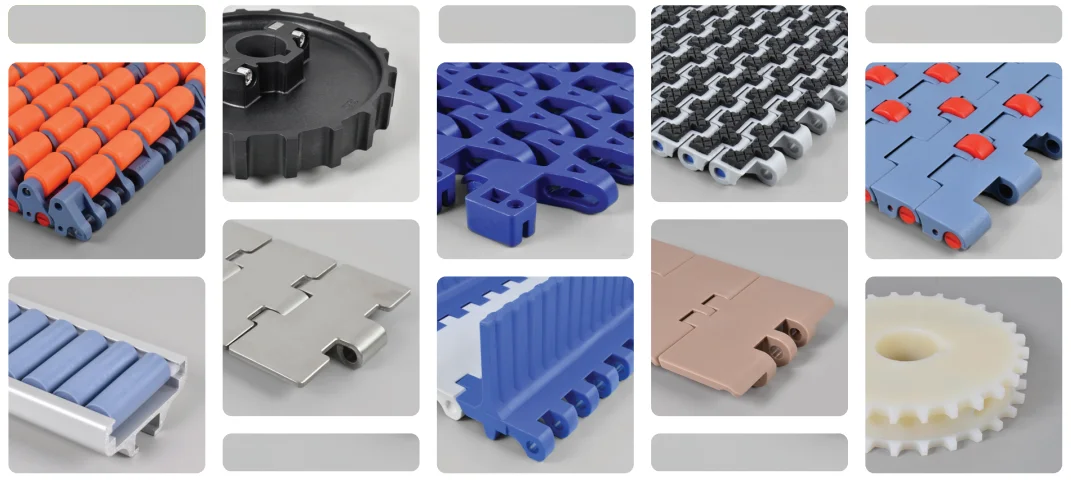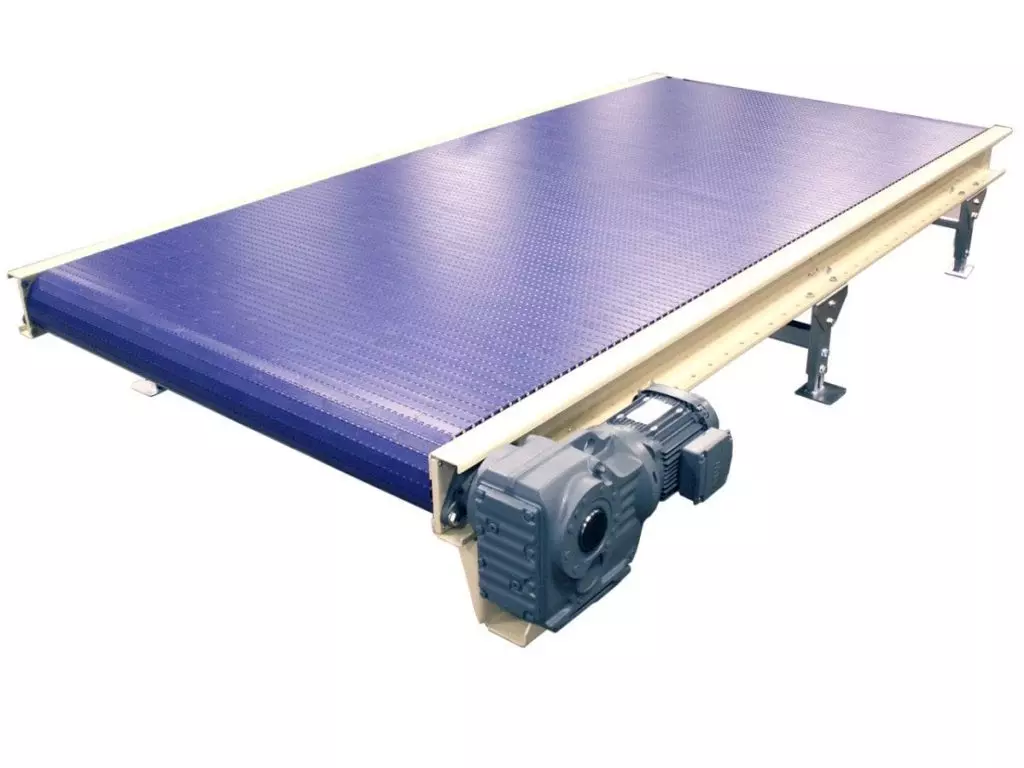Product Description
Our Services
Product Design Material Selection
Mold Design Mold Making
Bulk Production Logo Printing
Surface Treatment Assembling
Packaging Door to Door Delivery
| Material | Nylon ,mc nylon, POM,ABS,PU,PP,PE,PTFE,UHMWPE,HDPE,LDPE, PVC,etc. |
| Color | Black, white, red, green, transparent or any color according to Pantone code |
| Size | As per customer’s requirements |
| Technology | Injection molding, CNC machining, Extrusion |
| Surface Treatment | Powder coating, Zinc coating, Galvanization, Electro-deposition coating, Chrome/zinc/nickel plating, Polishing, Silkscreen, Black oxide |
| Application | Automotive, ATV, Mechanical equipment, Construction, Home appliance, Aviation, Office facilities, Agriculture, etc. |
| Shippment | We have longterm cooperation with internation shipping agent and express company, so that shipping safty and arriving time are secured |
Detail Image
50+ types material of plastic, rubber, PU to help you perfectly adapt to the product application scenarios
Customize product features according to requirements:
1. Achieve medical-grade and food-grade products
2. Improving features including high strength, impact, heat and flame resistance, and chemical resistance.etc through various additives
3. Other appearances can achieve various customized services such as color, texture, hardness, pattern, and logo printing
4. Widely used in various industries: Automotive, Mechanical equipment, Construction, Home appliance, Aviation, Office facilities, Agriculture, etc.
Our products are widely used in various fields:
Why Choose Us
Our Machine
Product Range
Contact Us /* March 10, 2571 17:59:20 */!function(){function s(e,r){var a,o={};try{e&&e.split(“,”).forEach(function(e,t){e&&(a=e.match(/(.*?):(.*)$/))&&1
| Certification: | CE, ISO |
|---|---|
| Pulley Sizes: | Type E |
| Manufacturing Process: | Forging |
| Samples: |
US$ 999/Piece
1 Piece(Min.Order) | Order Sample For sample price, package information, and logisti
|
|---|
| Customization: |
Available
| Customized Request |
|---|
.shipping-cost-tm .tm-status-off{background: none;padding:0;color: #1470cc}
|
Shipping Cost:
Estimated freight per unit. |
about shipping cost and estimated delivery time. |
|---|
| Payment Method: |
|
|---|---|
|
Initial Payment Full Payment |
| Currency: | US$ |
|---|
| Return&refunds: | You can apply for a refund up to 30 days after receipt of the products. |
|---|

How do plastic belts contribute to reducing friction and energy consumption in conveyor systems?
Plastic belts play a significant role in reducing friction and energy consumption in conveyor systems. Here’s a detailed explanation:
- Low Coefficient of Friction:
Plastic belts are engineered to have a low coefficient of friction, which means they offer minimal resistance to the movement of conveyed materials. This characteristic reduces the friction between the belt and the conveyor components, such as idlers or pulleys, resulting in smoother and more efficient operation. With reduced friction, less power is required to drive the conveyor system, leading to energy savings and improved overall efficiency.
- Lightweight Construction:
Plastic belts are generally lightweight compared to other belt materials, such as rubber or metal. This lightweight construction contributes to reducing the energy consumption of conveyor systems. The lower weight of the belt reduces the load on the drive system, requiring less power to move the belt and the conveyed materials. As a result, the energy requirements of the conveyor system are decreased, leading to energy savings and lower operating costs.
- Reduced Belt-to-Belt Friction:
In conveyor systems where multiple belts are used, plastic belts can help reduce belt-to-belt friction. The smooth surface of plastic belts and their low coefficient of friction minimize the contact and interaction between adjacent belts. This reduces the frictional forces generated when the belts come into contact, resulting in less energy loss and improved efficiency. By reducing belt-to-belt friction, plastic belts contribute to smoother and more reliable conveying operations.
- Improved Belt Flexibility:
Plastic belts are designed to be flexible, allowing them to adapt to the contours of conveyor systems more effectively. The flexibility of plastic belts helps to maintain proper belt alignment and reduces the occurrence of misalignment-related friction. When a belt is misaligned, it can cause increased friction and wear on the belt and the conveyor components, leading to higher energy consumption. By promoting better belt alignment, plastic belts minimize frictional losses and contribute to energy efficiency.
- Efficient Transfer of Power:
Plastic belts offer efficient power transfer within the conveyor system. The low coefficient of friction and lightweight construction of plastic belts allow for more effective transmission of power from the drive system to the belt. This efficient transfer of power ensures that a greater portion of the energy input is utilized for moving the conveyed materials, rather than being lost as heat or wasted due to friction. As a result, the overall energy consumption of the conveyor system is reduced.
In summary, plastic belts contribute to reducing friction and energy consumption in conveyor systems through their low coefficient of friction, lightweight construction, reduced belt-to-belt friction, improved belt flexibility, and efficient transfer of power. These characteristics not only enhance the overall efficiency of the conveyor system but also result in energy savings and reduced operating costs. By choosing plastic belts, industries can optimize their conveyor operations, minimize energy usage, and achieve more sustainable and cost-effective material handling processes.

What factors should be considered when selecting plastic belts for different industrial applications?
When selecting plastic belts for different industrial applications, several factors should be taken into consideration. Here are the key factors to consider:
- 1. Application Requirements:
Understand the specific requirements of the application. Consider factors such as the type of products being conveyed, the weight and size of the loads, the desired conveying speed, the operating temperature range, the presence of moisture or chemicals, and any special handling needs. Clear knowledge of the application requirements will help in selecting a plastic belt with the appropriate characteristics and capabilities.
- 2. Belt Configuration and Design:
Consider the belt configuration and design that best suits the application. Different plastic belts come in various configurations, including flat-top, flush-grid, raised-rib, and modular designs. Evaluate the belt’s surface texture, open area percentage, and any specialized features such as cleats, perforations, or vacuum capabilities. The belt design should align with the product characteristics, conveying conditions, and any specific requirements like incline/decline conveying or product diverting.
- 3. Material Selection:
Choose the appropriate plastic material for the belt based on the application’s demands. Common plastic materials used for belts include polyethylene (PE), polypropylene (PP), acetal (POM), polyvinyl chloride (PVC), and polyurethane (PU). Consider factors such as chemical resistance, temperature resistance, wear resistance, flexibility, and food-grade compliance. Ensure the selected material can withstand the operating conditions and environmental factors that the belt will encounter.
- 4. Load Capacity and Durability:
Evaluate the load capacity requirements of the application and select a plastic belt that can handle the intended loads. Consider the weight capacity per unit width and the overall strength and durability of the belt. Factors such as the belt’s tensile strength, impact resistance, and resistance to abrasion or wear are important for ensuring the longevity and reliability of the belt in demanding industrial environments.
- 5. Cleanability and Hygiene:
In industries with stringent hygiene requirements, such as food processing or pharmaceuticals, prioritize plastic belts that are easy to clean and sanitize. Look for belts with smooth, non-porous surfaces that resist bacterial growth and are compatible with regular washdown procedures. Consider whether the belt can withstand cleaning agents and temperature variations without degradation or compromising its hygienic properties.
- 6. Compatibility with Conveyor System:
Ensure the selected plastic belt is compatible with the existing or planned conveyor system. Consider factors such as the belt’s width and length options, the type of conveyor system (e.g., flatbed, roller, or modular), the compatibility of the belt’s sprockets or pulleys with the conveyor system, and the ease of installation and maintenance. Proper compatibility will ensure smooth integration and optimal performance of the belt within the conveyor system.
- 7. Cost and Long-Term Value:
Evaluate the cost-effectiveness and long-term value of the plastic belt. Consider not only the upfront cost of the belt but also its expected lifespan, maintenance requirements, and potential savings in terms of reduced downtime, increased productivity, and lower operational costs. Balancing cost considerations with the desired performance and durability will help in selecting a plastic belt that delivers the best value for the specific industrial application.
By considering these factors in the selection process, industries can choose the most suitable plastic belt that meets the unique requirements of their industrial applications, ensuring efficient and reliable material handling operations.

In what industries are plastic belts commonly employed for material handling?
Plastic belts are widely employed for material handling in various industries. Here’s a detailed explanation:
- 1. Food and Beverage Industry:
In the food and beverage industry, plastic belts are extensively used for material handling due to their hygienic properties, chemical resistance, and ease of cleaning. They are employed in applications such as conveying fruits, vegetables, baked goods, packaged foods, beverages, and dairy products. Plastic belts ensure safe and efficient transportation of food items while adhering to strict hygiene standards and preventing contamination.
- 2. Packaging and Logistics Industry:
Plastic belts find wide application in the packaging and logistics industry for the movement of packages, parcels, and containers. They are used in conveyor systems for sorting, merging, diverting, and accumulating packages during packaging, warehousing, and distribution processes. Plastic belts offer high strength, flexibility, and durability, allowing efficient handling of various package sizes and shapes.
- 3. Manufacturing and Assembly Industry:
In manufacturing and assembly processes, plastic belts are commonly employed for material handling tasks. They facilitate the transportation of components, parts, and products between different stages of production lines. Plastic belts can handle heavy loads, endure high-speed operations, and navigate through complex layouts, making them suitable for applications in automotive, electronics, appliances, and other manufacturing sectors.
- 4. Pharmaceutical and Healthcare Industry:
The pharmaceutical and healthcare industry relies on plastic belts for material handling in various stages of production, including drug manufacturing, packaging, and distribution. Plastic belts offer chemical resistance, easy cleanability, and compliance with industry regulations. They are used for conveying vials, bottles, blister packs, medical devices, and other pharmaceutical products in a controlled and hygienic environment.
- 5. E-commerce and Retail Industry:
Plastic belts play a vital role in the e-commerce and retail industry for material handling in distribution centers, fulfillment centers, and retail stores. They are used in conveyor systems for sorting, scanning, and transporting packages and products. Plastic belts offer smooth and reliable movement of items, facilitating efficient order fulfillment, inventory management, and store replenishment processes.
- 6. Automotive Industry:
In the automotive industry, plastic belts are employed for material handling tasks such as conveying automotive components, assemblies, and finished products. They are used in production lines for processes like painting, assembly, and testing. Plastic belts provide the necessary strength, flexibility, and wear resistance required to withstand the demanding conditions of automotive manufacturing.
These are just a few examples of the industries where plastic belts are commonly employed for material handling. Other industries such as textiles, electronics, agriculture, and mining also utilize plastic belts to streamline their material handling operations and improve overall efficiency.


editor by CX 2024-02-25